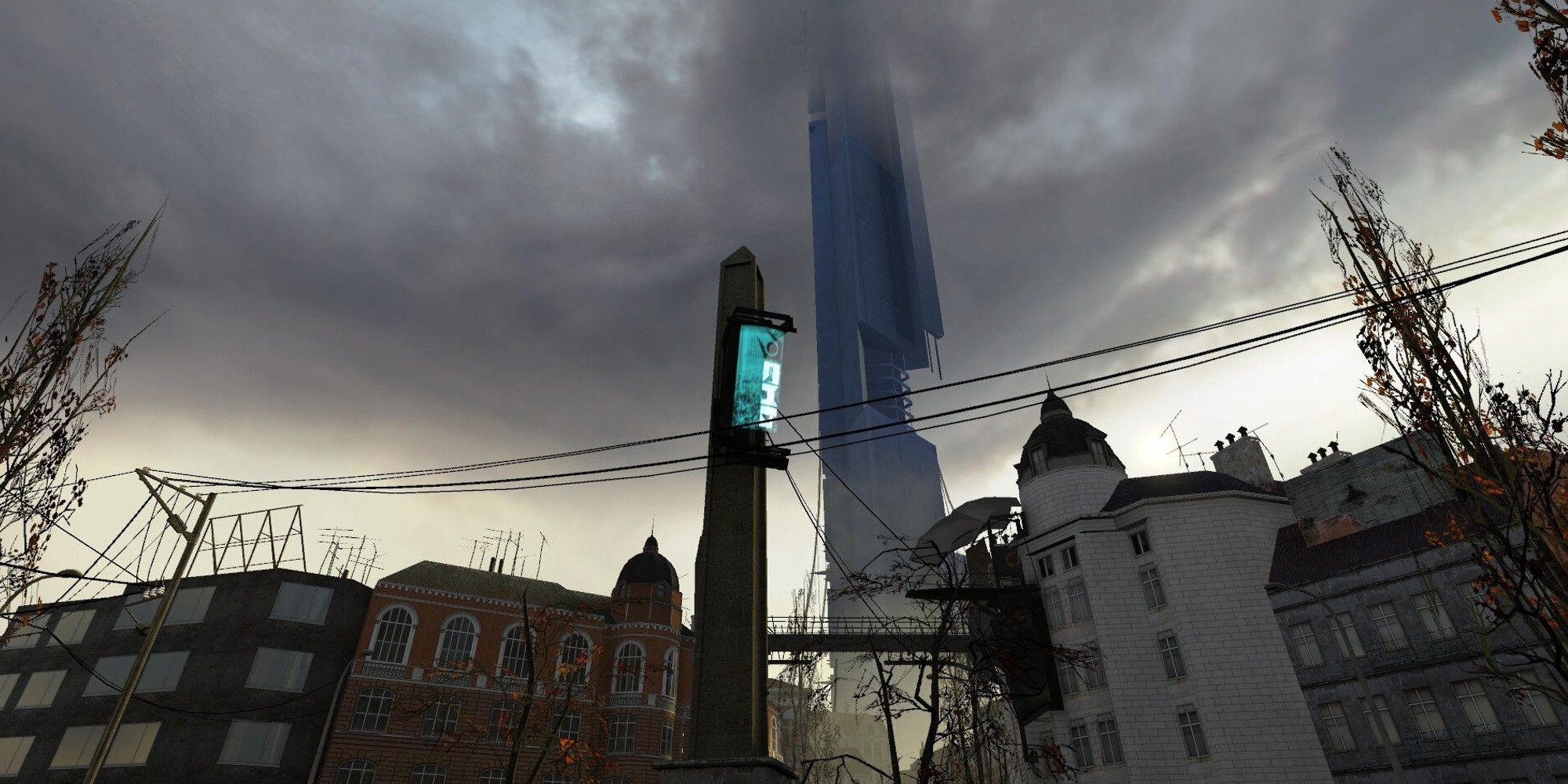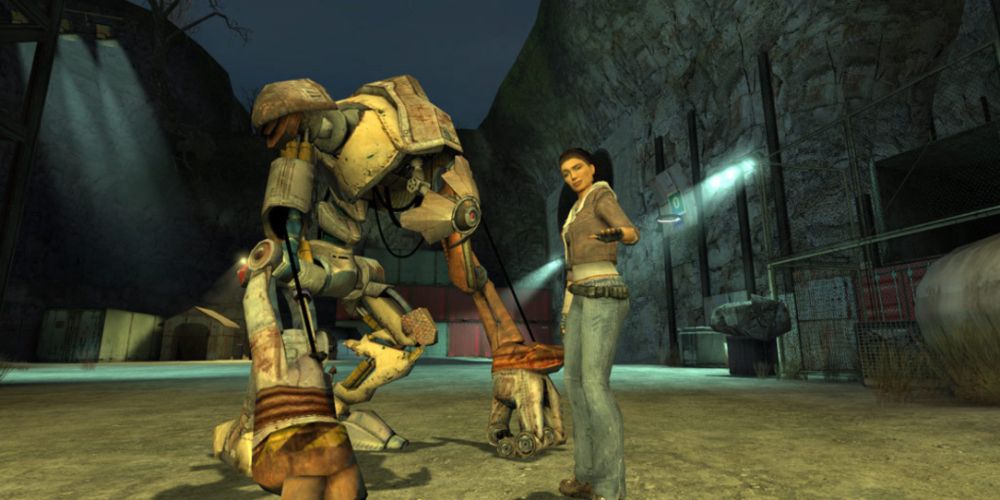Last week, Valve reporter and prolific Half-Life leaker Tyler McVicker shared details on an alleged 2015 build of Half-Life 3 that was scrapped in favour of Alyx, and it’s significantly different from what we expected. Rather than venturing to the Antarctic in search of the Borealis with Alyx Vance following the death of her father, we would’ve awakened after a dream sequence to find ourselves 20 years in the future, with all of our friends dead. It ditches the cliffhanger entirely, choosing instead to tell a completely new story with a drastically different tone. That might have disappointed some, but it’s what I love about Half-Life.
The first and second Half-Life games couldn’t be further apart. One is set against the backdrop of a claustrophobic underground facility besieged by aliens, the other a dystopian Eastern Europe under the thumb of an interdimensional empire. Valve used a time skip to give itself relative narrative freedom for the sequel, rather than being shackled by the story it had already told. Half-Life 2 could’ve further explored Xen, the aftermath of the Black Mesa Incident, the implications of the Nihilinth’s death, their warnings of the G-Man, or the revelation of alien life among ordinary folk - thank god it didn’t.
Jumping ahead, we had bleak and dystopic ideas floated that would’ve been near-impossible to express visually at the time. There was the Seven Hour War in which the Combine toppled every government on Earth in less than a day, the subsequent drying of the oceans, and the erection of suppression fields designed to stifle human reproduction, crushing their numbers while boxing them in as the last generation. All of this helped build the Combine presence as an unstoppable, immovable force - fighting back doesn’t feel possible, and even if you do, what’s left to salvage? Then Gordon Freeman returns, and there’s a narrow beam of light piercing through the end of the tunnel.
Half-Life 3, or originally Episode 3, never looked like it was going to continue that idea of giant leaps to tell new stories. We would continue on from each cliffhanger, picking up right where we left off - for Half-Life 2, that was the explosion at the heart of the Citadel that seemingly left us for dead; Episode 1 ended with the escape from City 17 as it went critical and sent our train flying, and Episode 2 came to a close with Eli Vance’s death at the hand (or tongue) of an Advisor.
Episode 3 seemingly would’ve then picked up with us carrying out his dying wishes of destroying the Borealis, no doubt leaving another cliffhanger to resolve. The format was always doomed to leave us in the dark for years, because Valve isn’t consistent enough when it comes to releases to build a series on the back of such endings.
Cue the 2015 build. The cliffhanger is abandoned to create a new jumping-on point that anyone can get stuck into. Gordon is in a new city, meets new characters, and has a new goal. The baggage is pushed aside, and any context you need can be told as you progress through the world, much as Half-Life 2 recounted the events and aftermath of the first game without ever falling into exposition-heavy conversations. Not only was it a new jumping-on point for those who hadn’t played Half-Life, but it was one for fans as well.
City 17 was bleak, but this new story would’ve seen a much darker and less optimistic setting, with the reveal that all of our efforts were in vain, and the Combine still occupy Earth. In fact, the Messiah status given to Gordon Freeman by the rebels in Half-Life 2 would’ve reportedly been swapped for bitter contempt, as his ‘saving’ of the Earth only left it more miserable with an even more vindictive Combine empire. These are all new ideas that would be fresh, regardless of your history with Half-Life.
The American city would have reportedly been more akin to a prison camp, with everyone’s comings and goings documented and surveilled even more harshly than before. The mere idea of a rebellion, under those circumstances, feels even closer to impossible than it had before, and that narrow beam of hope would be closer to a slight blink at best. Tonally, Half-Life 3 sounded despondent, a change much more akin to that between the original and 2 than 2 and its episodes.
The first felt like a lost X-Files episode with sprinkles of Stephen King’s The Mist, being a siege horror mostly focused on one location, while the sequel was closer to The Road and War of the Worlds, focusing on an apocalypse with unbeatable odds. Half-Life 3 could’ve taken us to all-new areas of horror for the series, and it’s a shame that it was pushed aside. But knowing that, behind the scenes, Valve is still toying with such drastically different ideas rather than hinging on safer sequels, I’m hopeful that, if Half-Life 3 ever does come out, it’ll be a fresh step for the series’ future.



